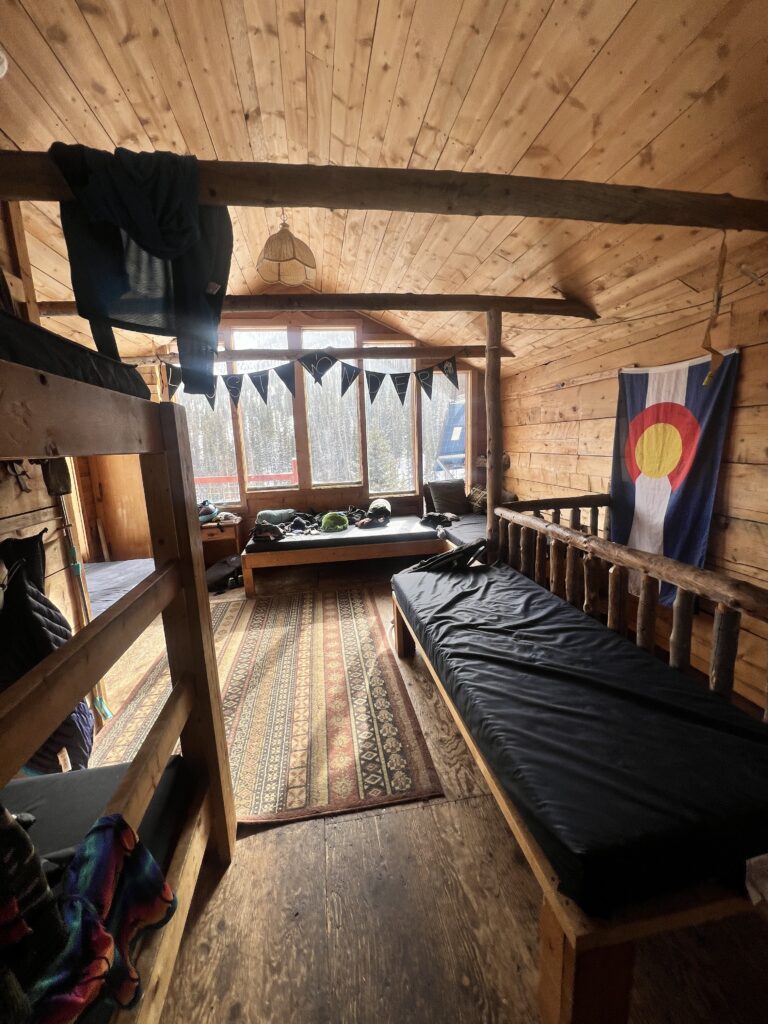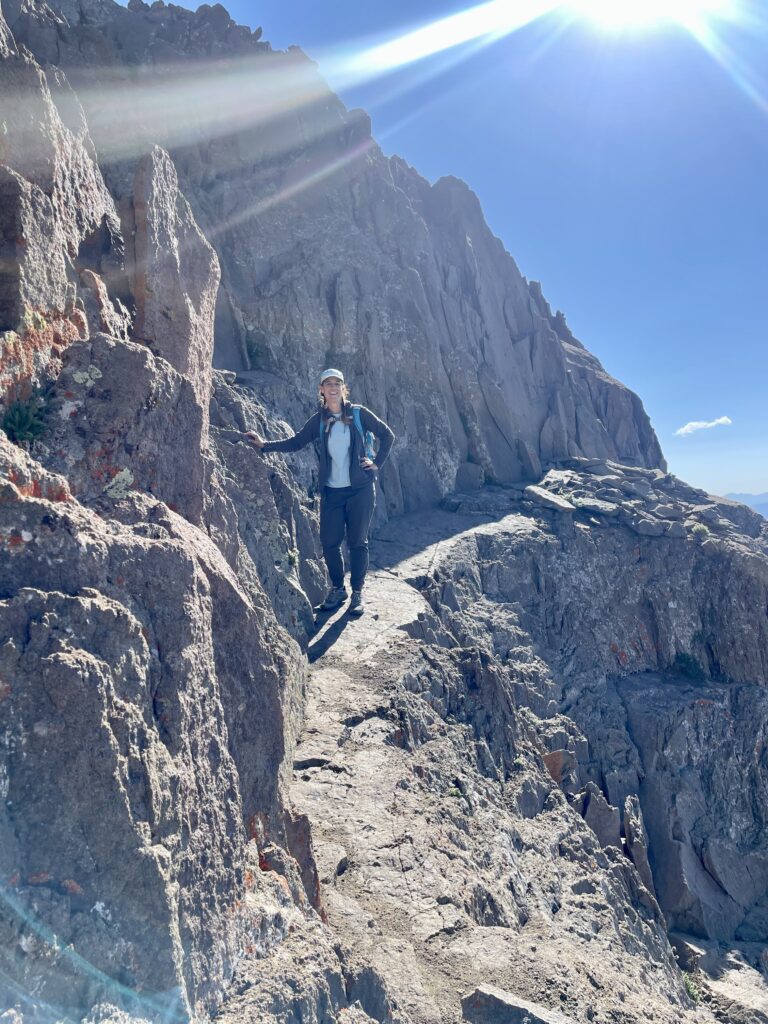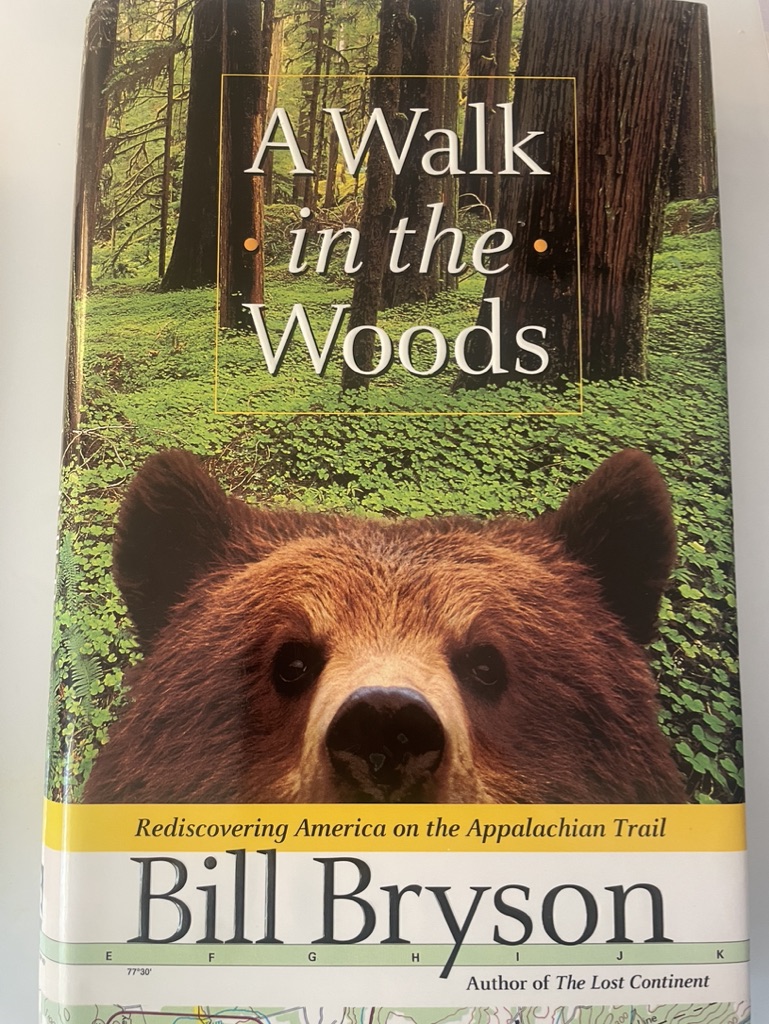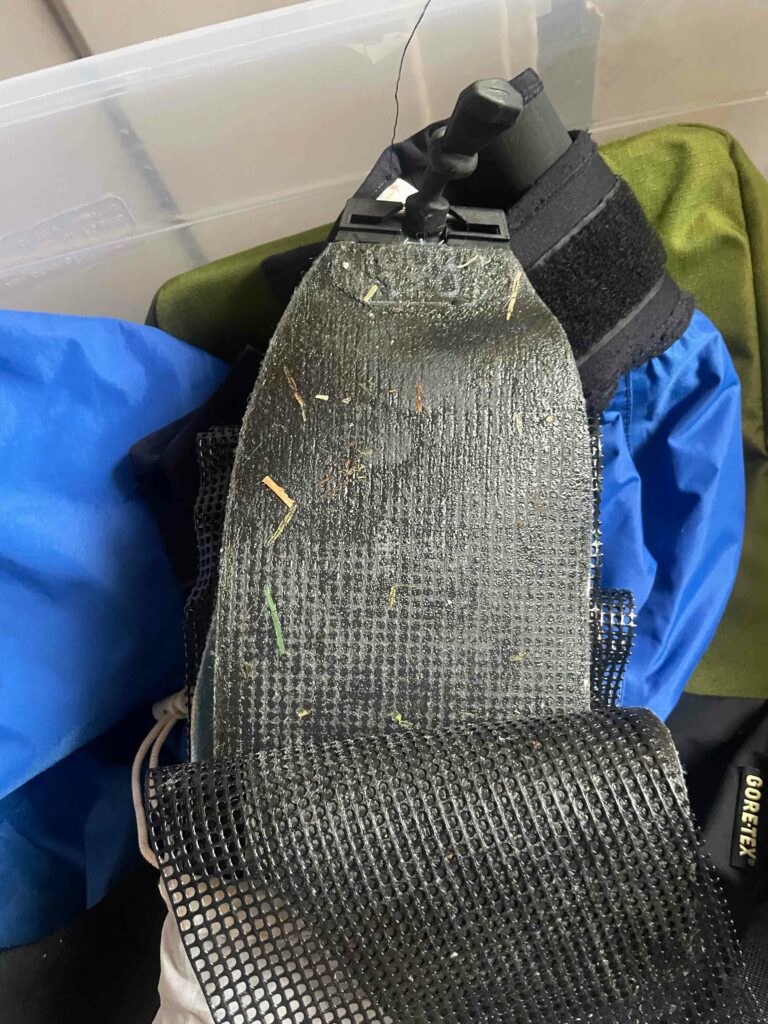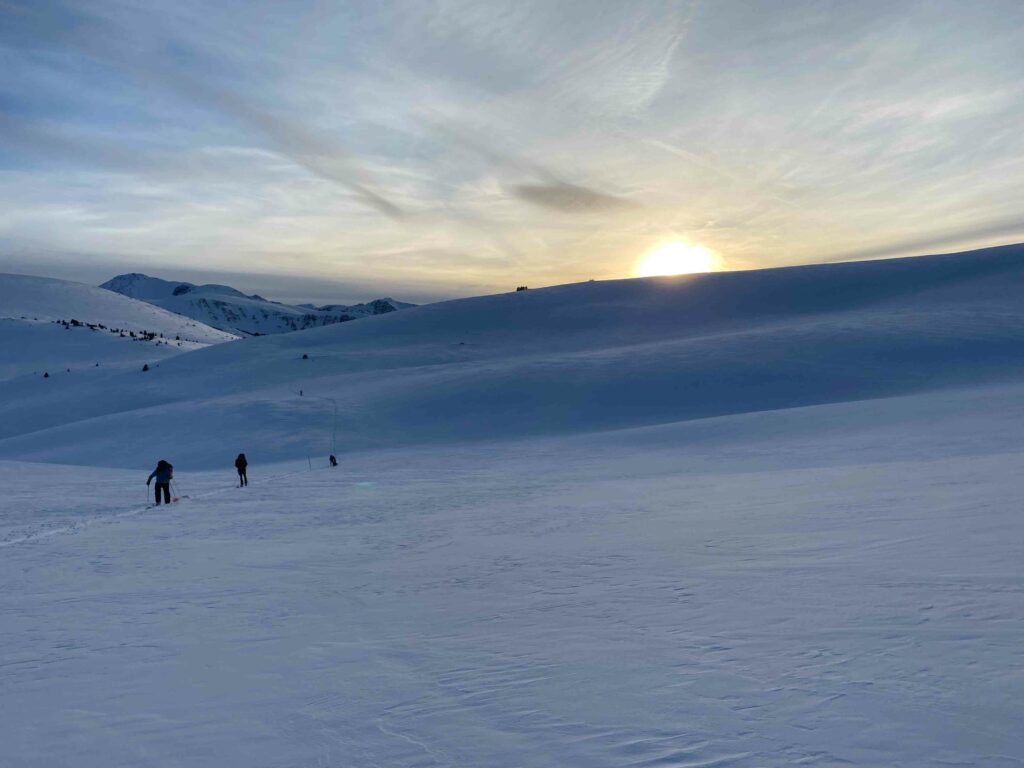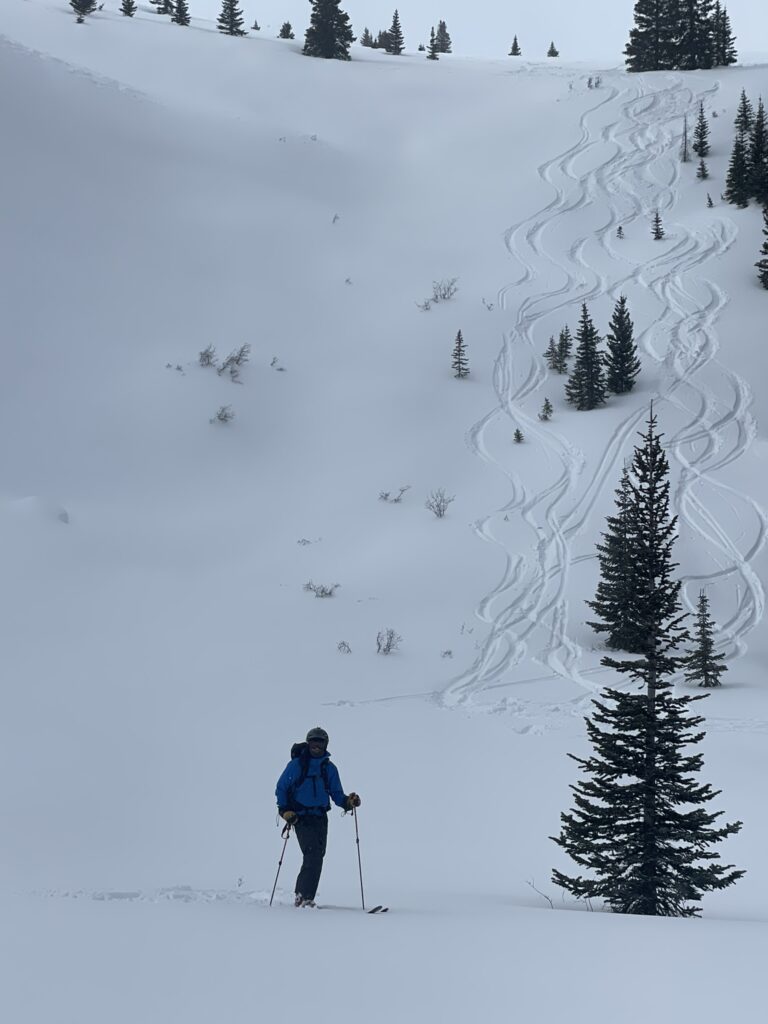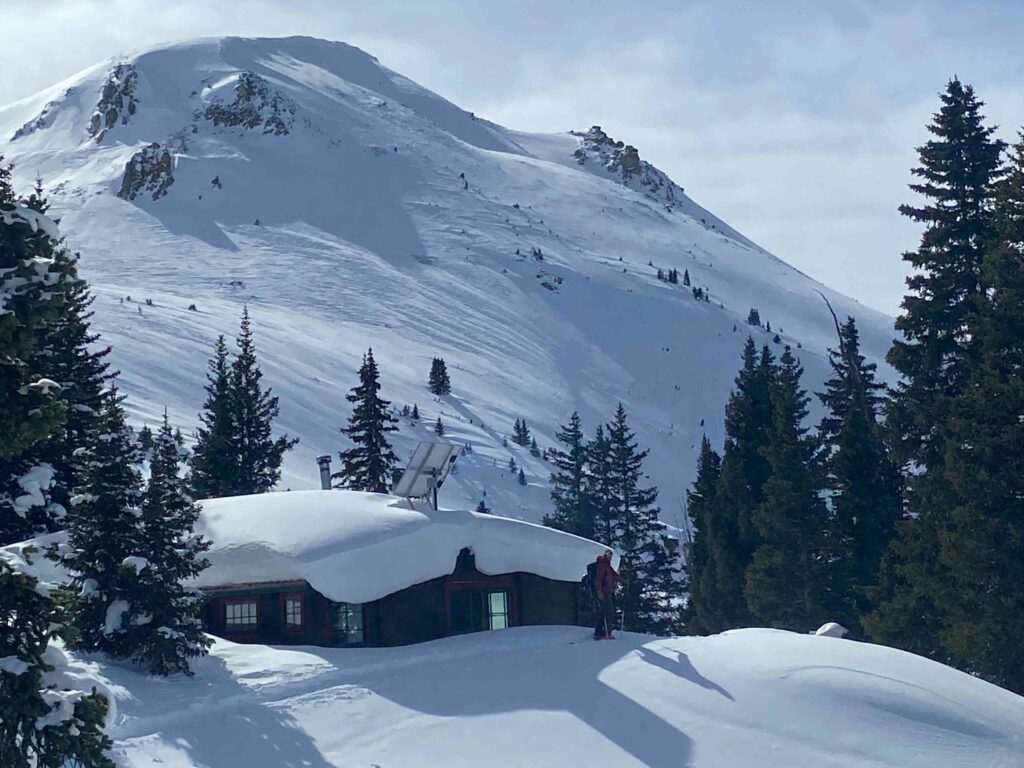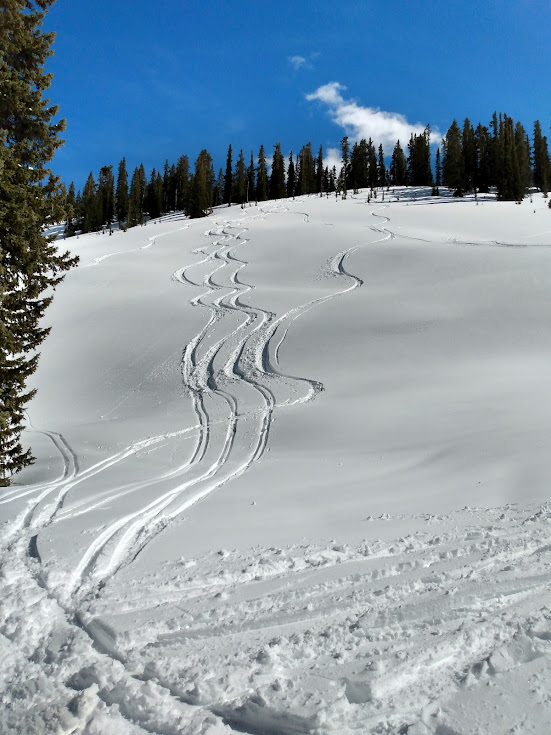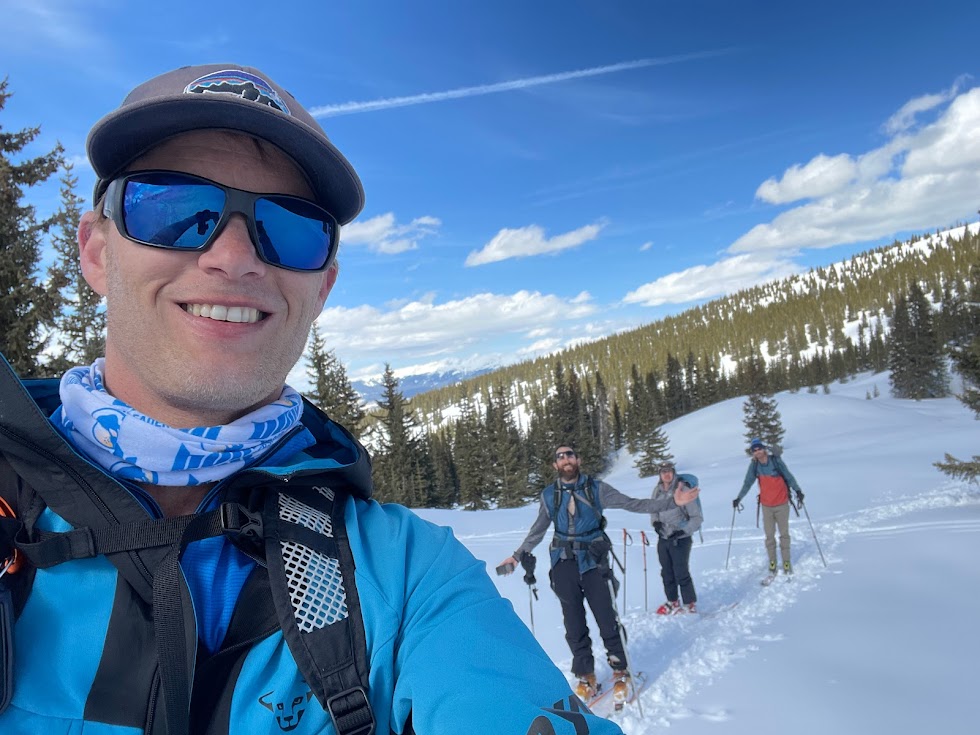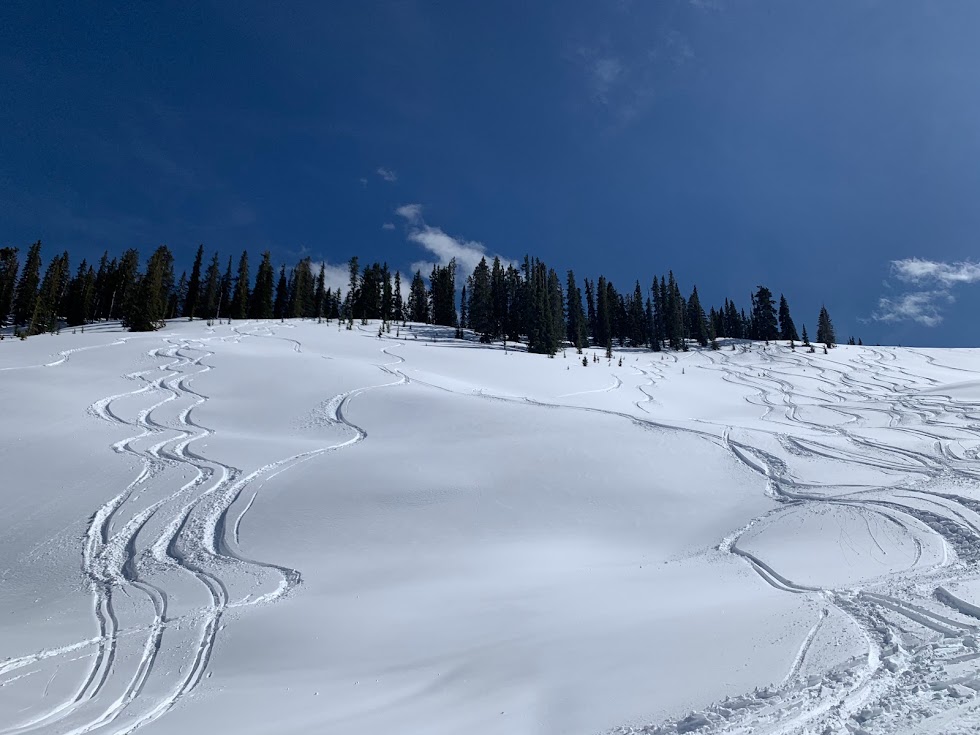
A short report on my 24 hours at this backcountry hut near Leadville.
Ever have a backcountry trip go not exactly the way you planned? Not like colossally bad, but in such a way as you wish you could have a bit of a do-over?
Yeah, me too.
This is now the fifth or six Colorado hut trips I’ve written about. And I was really looking forward to this trip. And there many good aspects. Yet, like many outdoor adventures, you can’t expect everything to go the way you want.
Let’s start with the good.
The good: the hut
Carner Cabin, located north of Leadville, is described as rustic, but I think it sells it short. It’s one of the nicer huts I’ve stayed in, featuring plenty of natural light, comfy beds and plenty of room for 8+ people. It’s a short 2-mile skin ascending only about 700 verticals in the process, which is quite reasonable.
At 11,700 feet, it’s a touch higher than some of the other huts I’ve stayed in (which perhaps might explain my poor night of sleep), but the positive is you are also closer to good snow. Side note: the highest 10th Mountain Division Hut, Skinner Hut, clocks in at 11,620 feet.
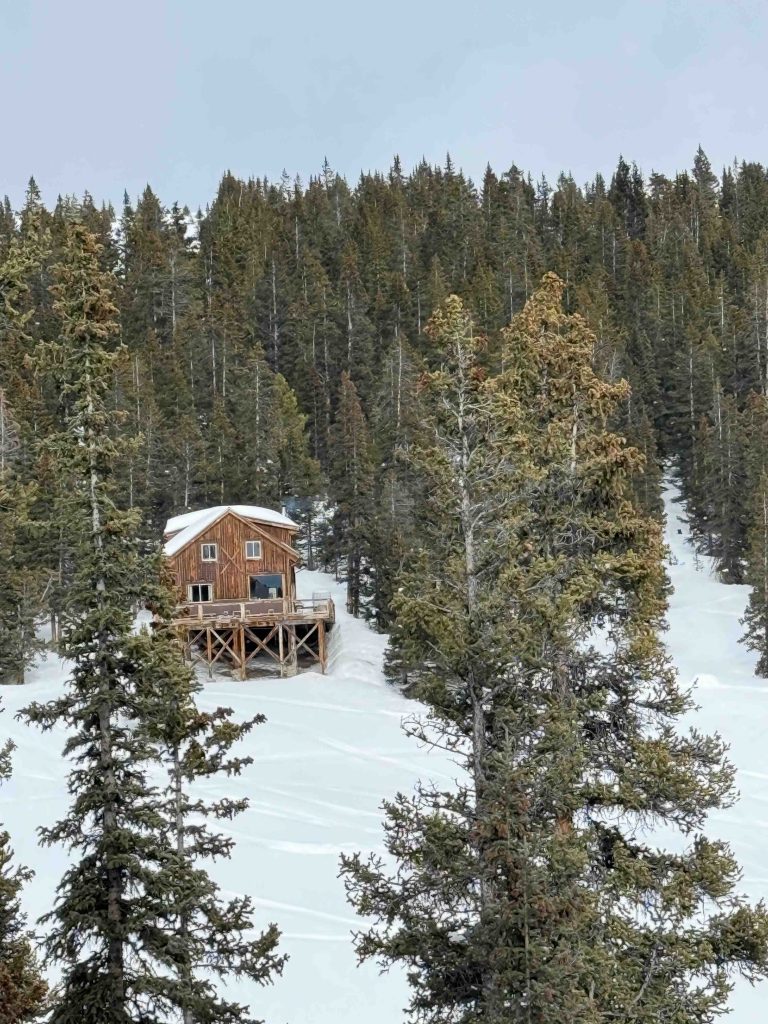

Also good: finding powder
Shortly after getting settled into the hut, we set off in search of some good powder. We headed east, ascending Chalk Mountain, and tried some laps on the terrain that faces east and northeast.
Dropping in, we found some of the white stuff, good and deep.
The mixed
However, after a few laps I was surprised to find more variability in the snow than I was expecting.
On some portions of the east/northeast facing side, there was a layer of crust near the trees, variable but present, perhaps due to a recent warming trend, which may have pushed the snowpack above freezing. Especially because the terrain clocked in at nearly 12,000 feet, I expected the snow to be in better condition.
There were also plenty of wind affected snow in the exposed portions, but that was less surprising. All in all, the skiing was still fun, but it made me ski with a little more caution, enjoying one turn yet being a bit hesitant on the next.

History or eyesore?
The other knock was that the shots on the east side look directly at the road and the Climax Mine, which kind of detracts from the wilderness vibe.
However, a more positive way to look at it would be that the mine gives a glimpse into Leadville history. This mine, which opened in 1915, played a crucial role in World War I and II. It also may be directly responsible for some of the metal found in today’s ski poles and bindings.
In fairness, there are other places to ski around the hut, but with the recent warming trend and considerable danger, we needed something high, north facing, and below 30 degrees. Chalk Mountain checks all those boxes.
The bad: boot battles
My main setback came that next morning, and was, in hindsight, self-inflicted.
I chose to bring my Dynafit Blacklight boots, which I normally like, except for the flukey issue that ensued.
After helping rescue my buddy’s stuck snowmobile, and sinking up to my waist in snow, my boot liners were soaked.
So I removed the liners and dried them in the hut that night near the fire, and then attempted to carefully reinsert them. I remember a ski tech warning me they were somewhat fussy to get back into the boots, though I have successfully done so previously.
I tried to be as careful as possible. However, after several tries, something wasn’t quite right with how the boot liner was seated. My toes were squished in the front, and the fit just felt weird.
Flipping plastic!
What later discovered was a plastic piece that covers the tightening boa, and has a tiny hook, and both came unclipped and were flipped and pushed to the front of the boot. With them pushed to the front, it kind of felt like my boots shrank a size.
The next day a skied a few laps, but it was painful to say the least. I returned to the hut and fiddled with them, but to no avail. I couldn’t figure it out in the field. Since I was only staying until the next morning (and not to mention some upcoming responsibilities), I opted to ski out that afternoon.
Sad but true.
Wrap up
I consider my time at Carner Cabin incomplete.
Still, I’m thankful to have stayed there a night and get a lay of the land. I got to experience a new hut, see a few old friends and meet some new ones.
Looks like I will need to return sometime in the future.
Setbacks aside, this statement still rings true: “Everything is better in a hut.”









